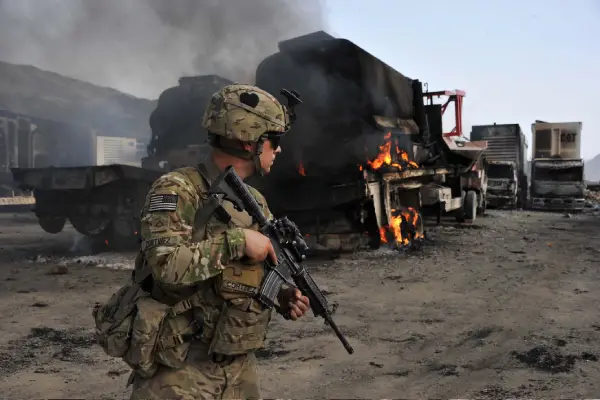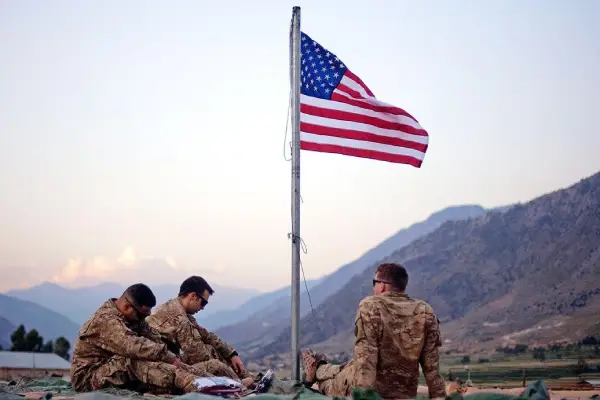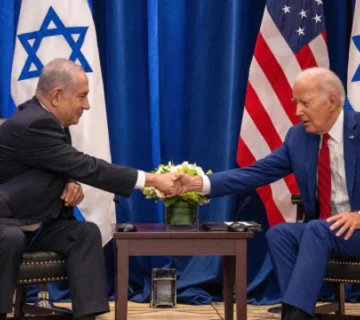The withdrawal of American forces from Afghanistan, completed in 2021, is widely seen as a political failure on a global scale. However, analysts believe this 20-year war, rather than a failure, was a tremendous success for America’s military-industrial complexes. These complexes include private arms dealers, lobbyists, and Pentagon officials who reaped enormous profits from this war.

Financial Costs of the Afghanistan War
According to a November 2019 report by the Watson Institute for International and Public Affairs at Brown University, America’s wars in Afghanistan, Iraq, and Syria since 2001 have cost U.S. taxpayers 6.4 trillion dollars. Of this amount, 2.3 trillion dollars were spent on the Afghanistan war, averaging 300 million dollars per day! These figures highlight the heavy financial burden of these wars on the U.S. economy.


Profits of American Military Companies
A significant portion of these costs went to major arms companies. The Security Policy Reform Institute, an independent American think tank, published a list of the biggest beneficiaries of the Afghanistan war, including well-known contractors such as Lockheed Martin, Raytheon, General Dynamics, Boeing, and Northrop Grumman. Research shows that from 2001 to 2021, the stocks of these five companies performed 58% better than the stock market.
For example:
- A 10,000 investment in the New York Stock Exchange in September 2001 would have grown to 61,613 by 2021.
- A 10,000 equal investment in these five defense companies would have grown to 97,295 by 2021.
- A 10,000 investment in Lockheed Martin would have grown to 133,559.
These figures demonstrate the strong performance of defense company stocks during the war period, likely due to increased defense budgets and government contracts.


Conflicts of Interest and Revolving Doors
One concerning aspect is the close connection between military officials and defense companies. A report by the Project on Government Oversight (POGO) shows that from 2008 to 2018, about 380 senior U.S. military officials became lobbyists, consultants, or board members of defense companies after retirement. This phenomenon, known as the “revolving door,” raises concerns about conflicts of interest.
Additionally, 51 members of Congress and their spouses hold between 2.3 and 5.8 million in stocks in the world’s top 30 military companies. Nearly one-third of Senate members on the military appropriations committee hold stocks in major military companies, which may influence their decision-making. This raises concerns about impartiality in defense budget allocations.
Influence of Arms Companies’ Shareholders on U.S. Policy-Making
Experts believe America’s military-industrial complexes have deeply shaped the country’s policies, with their main inclination being to involve the U.S. in foreign wars for profitability. This view aligns with President Dwight D. Eisenhower’s 1961 warning about the rise of “vast military establishments and a large arms industry,” described as an invisible hand in U.S. policy. Overall, evidence shows that while the Afghanistan war is considered a political failure, it was a major economic success for America’s military-industrial complexes. This situation highlights the profound influence of these complexes on U.S. foreign and defense policy, which may prioritize economic interests over long-term strategies.
How does money influence US policies and regulations?
Resources
.
https://www.defensenews.com/congress/2021/09/23/house-passes-1-billion-for-israels-iron-dome-system-in-blowout-vote/








no comment